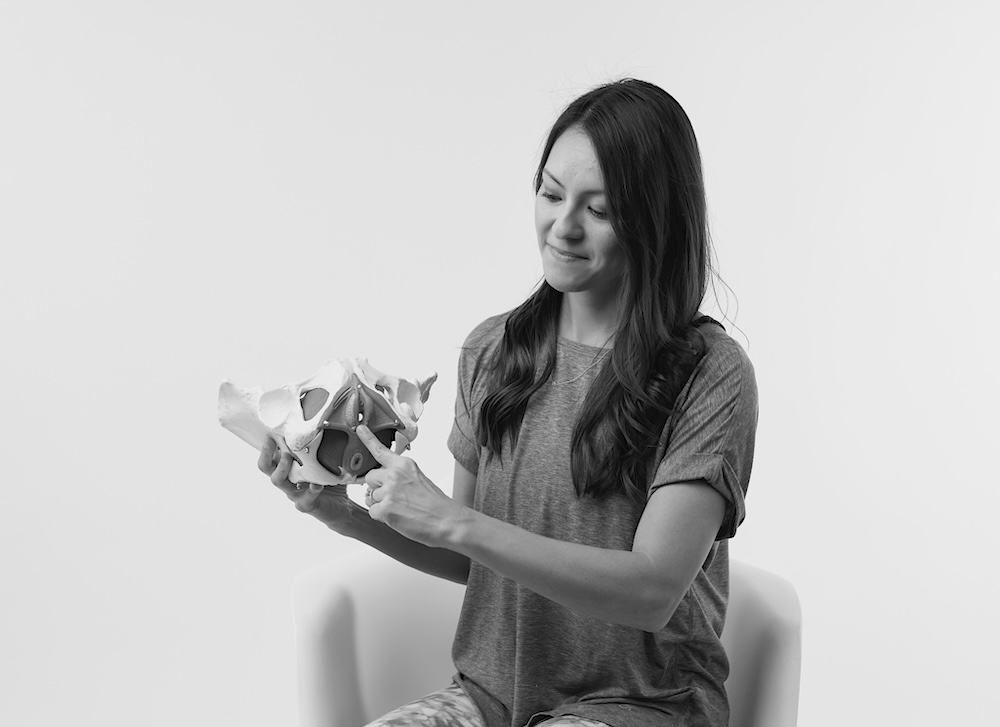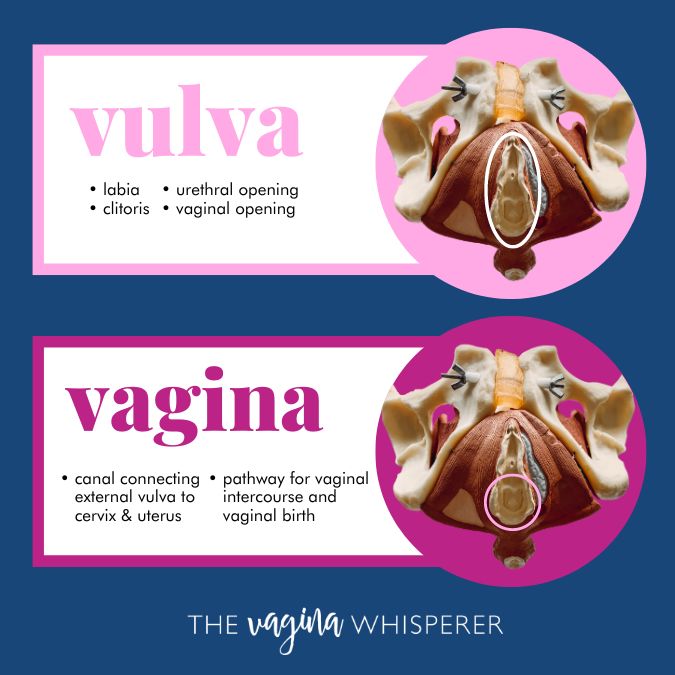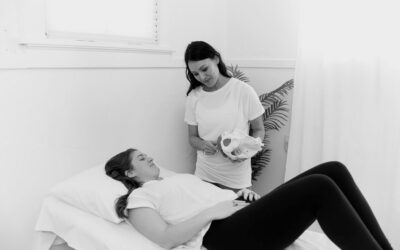Do you have chronic vaginal burning?
Do you have pain in the external vaginal area? Has it lasted three or more months?
Do you feel like there’s no known cause? You may find relief in understanding vulvodynia.
Generalized vulvodynia refers to chronic pain and discomfort of the vulva, the external part of the female genitalia.
The Vulva and Vulvar Vestibule
The parts of your vulva include the labia, the clitoris, the vaginal opening, and the urethral opening.
The vulvar vestibule is an anatomical region of the body. You’ll find it between the labia majora, the outer lips of the vulva. It contains several organs and structures important for female function and sexual pleasure.
The vulvar vestibule is the area at the entrance of the vagina, which can be affected by vulvodynia. It encompasses two major structures: Bartholin’s glands and Skene’s glands. These glands are responsible for producing lubrication during sexual intercourse. They are frequently affected in cases of vulvodynia.
What Causes Vulvodynia?
Unfortunately, the root cause of vulvodynia is often unclear. It may present without any reason. Vulvodynia could develop from nerve damage or inflammation in the pelvic area.
Sometimes, frequent yeast infections or sexually transmitted diseases can also lead to vulvodynia. Psychological factors like anxiety, depression, or a history of sexual abuse may contribute. While the cause of vulvodynia is unknown, researchers believe it may be the result of a combination of factors. Some of these factors include:
- Irritation and injury to the nerves of the vulva
- Hormonal changes
- Genetic inclination, allergies, or skin sensitivities
- Muscle spasm or dysfunctions of the pelvic floor
- Long term reaction to infections or increased inflammation
How is Vulvodynia Diagnosed?
Vulvodynia is typically diagnosed through a combination of physical pelvic exam and patient history. A doctor or pelvic therapist may use a cotton swab (aka the cotton swab test) and apply light touch to different points to detect pain in your vulva. This will help them to further test any potential causes.
Tell your doctor about your history, like chronic vaginal dryness, vaginal pain, vaginal itching or burning sensation. Also tell them about surgeries or other treatments related to your vulvar pain.
What Does Vulvodynia Feel Like?
Vulvodynia may feel like a chronic vaginal burning or stinging sensation. Symptoms include pressure on your vulva, throbbing, or itching around their genital area. Some may feel constant or intermittent vulvar pain.
Pain may occur during sexual intercourse or simple activities like sitting or walking.
Pain with vulvodynia can occur over the entire vulvar region or localized to a specific area. If painful sensations are only at the entrance of your vagina, that’s a condition called vestibulodynia.
Pain linked to vulvodynia can be constant, or it can occur intermittently. There are varying types of vulvodynia. This pain can be especially noticeable if touched. Pain is often described anywhere along a continuum from very mild to severe.
Those who have it may feel stinging, burning, itching, swelling, or a raw sensation. Many report increased discomfort:
- During or after intercourse
- When wiping after urination
- With certain activities such as biking and prolonged sitting
How to Help Vulvodynia?
Folks with vulvodynia should seek help from their healthcare provider. It can be a challenging condition to deal with alone. Various vulvodynia treatments can be helpful, depending on the severity of the pain, including:
- Antidepressants
- Anticonvulsants
- Pain relievers
- Avoiding wearing tight clothing
- Avoiding irritation from chemicals or soaps
- Practicing good hygiene
- Nerve block injections (for severe cases)
- Surgical procedures (for severe cases)
PT and Vulvodynia
Treatment for vulvodynia typically includes a multi-disciplinary approach. Physical therapy can often play a major role in relieving pain. Your therapist will perform a thorough evaluation and create a care plan tailored to you. Your pelvic floor physical therapist may consider the following treatment modalities:
#1 Manual Therapy
Also known as manipulative therapy. This treatment modality addresses the mobility of your muscles, joints, and connective tissues.
#2 Pelvic Floor Muscle Coordination
Coordinate your pelvic floor muscles to contract and relax at the appropriate times.
#3 Hygiene Best Practices
Practice good general hygiene to keep you happy and healthy downstairs. Wearing cotton underwear, avoiding scented laundry detergents, and cleansing only with water or a ph-balanced clean vulvar wash is best practice.
#4 Modified Motion
Learn to modify activities to promote reduced pain and improve pelvic floor functionality.
#5 Behavioral Strategies
Learn behavioral strategies to make pain management easier for everyday activities (including sex).
#6 Desensitization
Strategies can decrease tissue sensitivity and help relax your pelvic floor muscles.
#7 Stretch and Relax
A physical therapist will likely prescribe exercises. Some of those may include stretching and relaxation, nerve gliding, or strengthening exercises. If you’re interested in short workouts that can be done from the comfort of your home, check out the V-Hive strengthening program!
What Else Could It Be?
Although this is not a rare condition, vulvodynia can be challenging to diagnose.
A physician can diagnose properly after conducting various medical tests and screenings. The earlier the treatment, the more manageable the condition becomes.
It is possible that some skin conditions can be associated with vulvodynia, such as contact dermatitis or lichen sclerosus. But remember, vulvodynia is not related to skin disorders. It is a chronic pain disorder.
Vulvodynia often gets misdiagnosed. Many people have symptoms like vulvodynia, which can be mistaken for other disorders due to their similarity. However, the below conditions have different treatments and require specific management.
Receiving the correct diagnosis is important so that your symptoms can be properly managed. Some of the misdiagnoses include:
- Yeast infections
- Bacterial vaginosis
- Allergic reactions
- Urinary tract infection
- Irritable bowel syndrome
- Pelvic inflammatory disease
The diagnosis of vulvodynia may seem overwhelming or scary. Work with a pelvic health therapist or take our quiz to get a personalized pelvic floor roadmap to help you get pain relief and improve your quality of life. If you’re looking for more information, The National Vulvodynia Association or International Society for Women’s Sexual Health are great resources.





